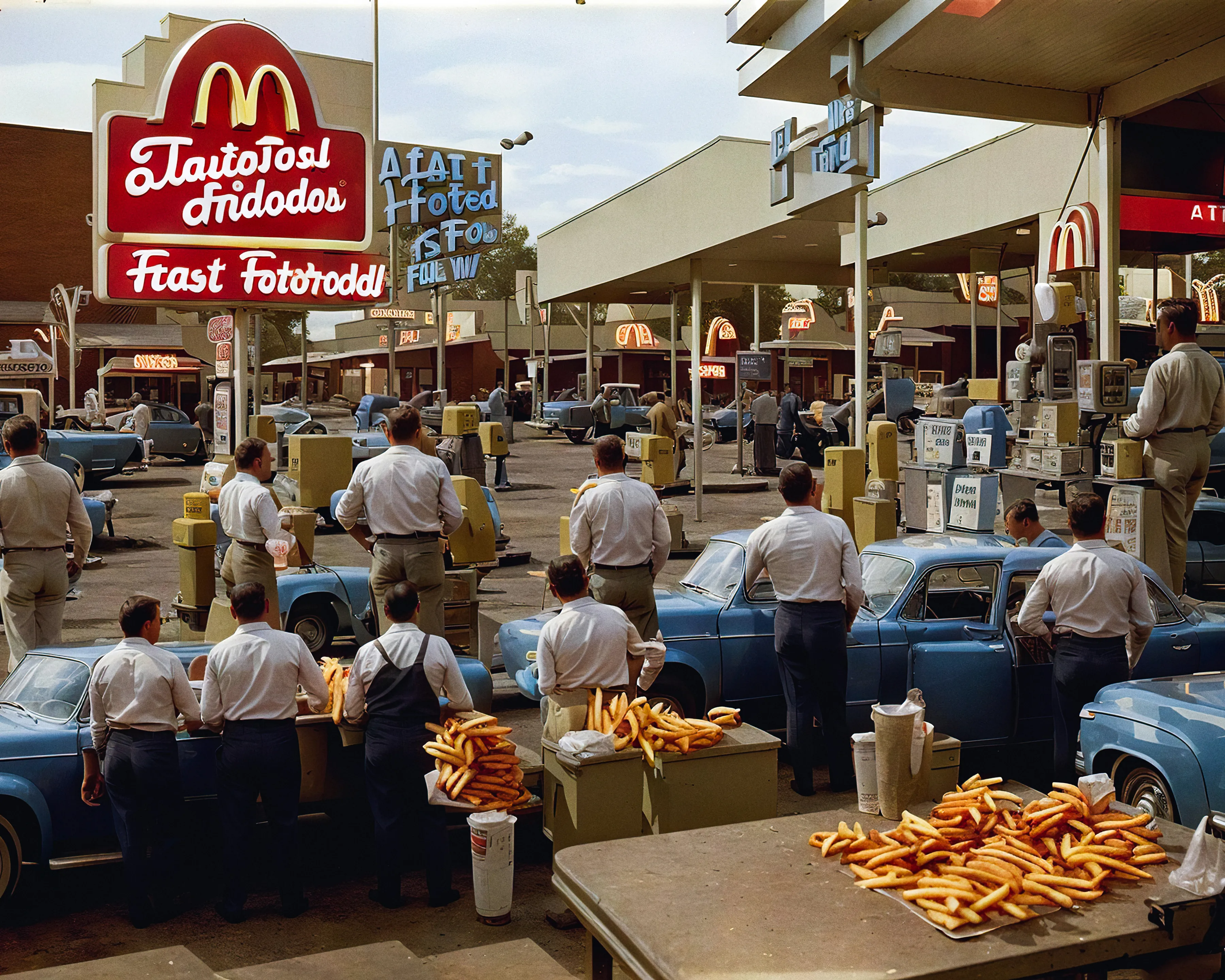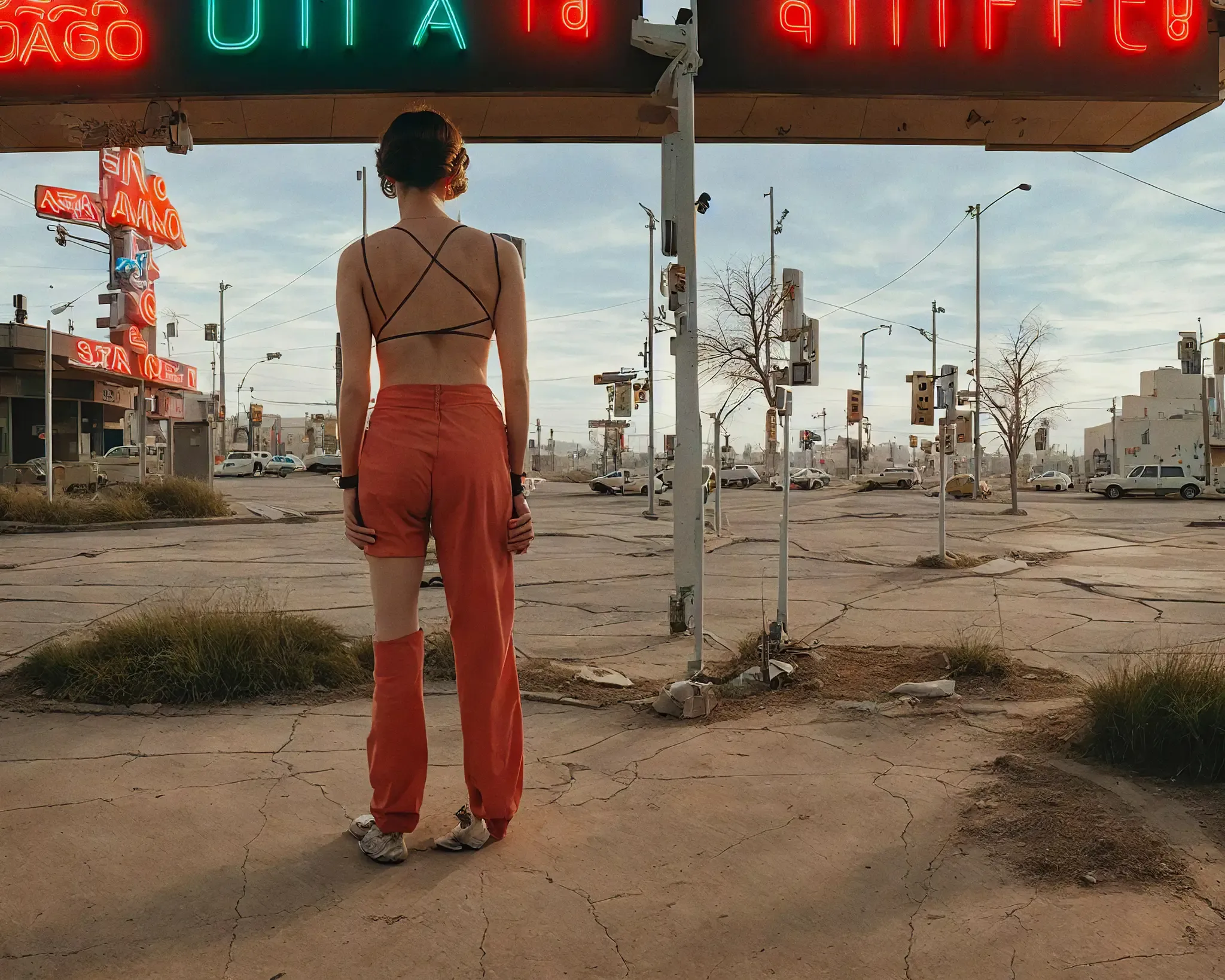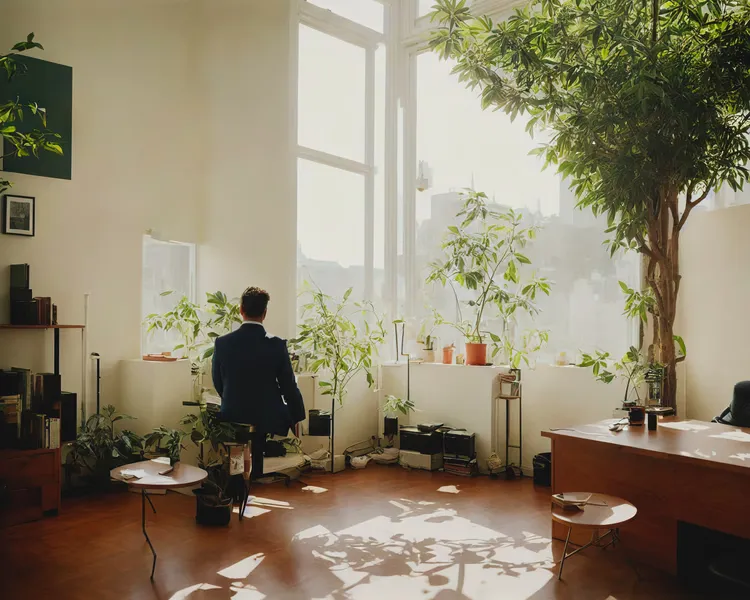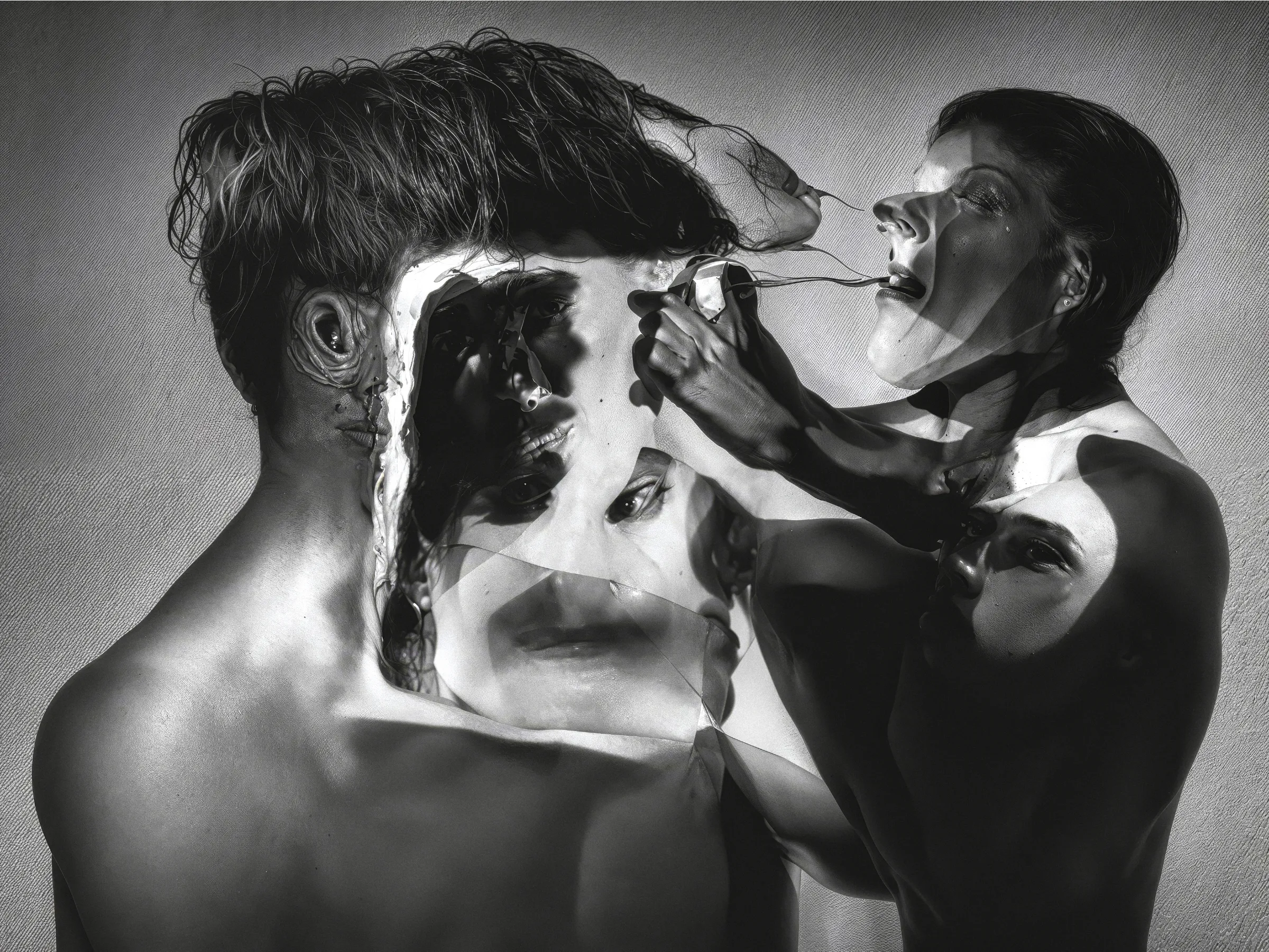Subscribe to get the latest on artists, exhibitions and more.
Roope Rainisto: Redefining Reality with AI in Post-Photography

It’s hard to think of another movement that feels so aligned with the contemporary moment as post-photography. The ease with which it plays with reality, its embrace of digital technology, its reframing of the image from a method of documentation to one of communication and expression, all feel entirely in sync with an era defined by post-truth, technological anxiety and the endless scroll. The advent of digital cameras and social platforms has transformed visual consumption, leading to what Joan Fontcuberta describes as the "Iconosphere"—a domain where images are manipulated, curated, and interacted with in complex new ways. In this new landscape, Rainisto has emerged as a defining artist, constructing alternate realities with his innovative use of generative AI, exploring the unsettling tension between the real and unreal.
Rainisto’s work is a distillation of multi-decade practice taking in design, photography, and screenwriting. This layered understanding enables him to fluently employ deeply ingrained cultural signifiers, re-framing the mundane and altering perspective, building on the post-photographic idea of a fluid reality and rejecting the notion that traditional photography is about capturing objective reality at all. “In my mind photography has always been about the real and the unreal. Photos are not real. They're 2D pieces of paper. We have this cultural acceptance, shared norms to consider them real.”
Rainisto recognised early on that AI’s strength as a post-photographic tool lies in its fallibility, eschewing perfect outputs in favour of images that underscored the use of AI in the process. Speaking with the Provenance podcast in August 2023 about the origins of his “Life In West America” collection, Rainisto reflected, ‘when I started I was trying to make things as realistic as they can be… but when I was doing that, those photos left me a bit cold





